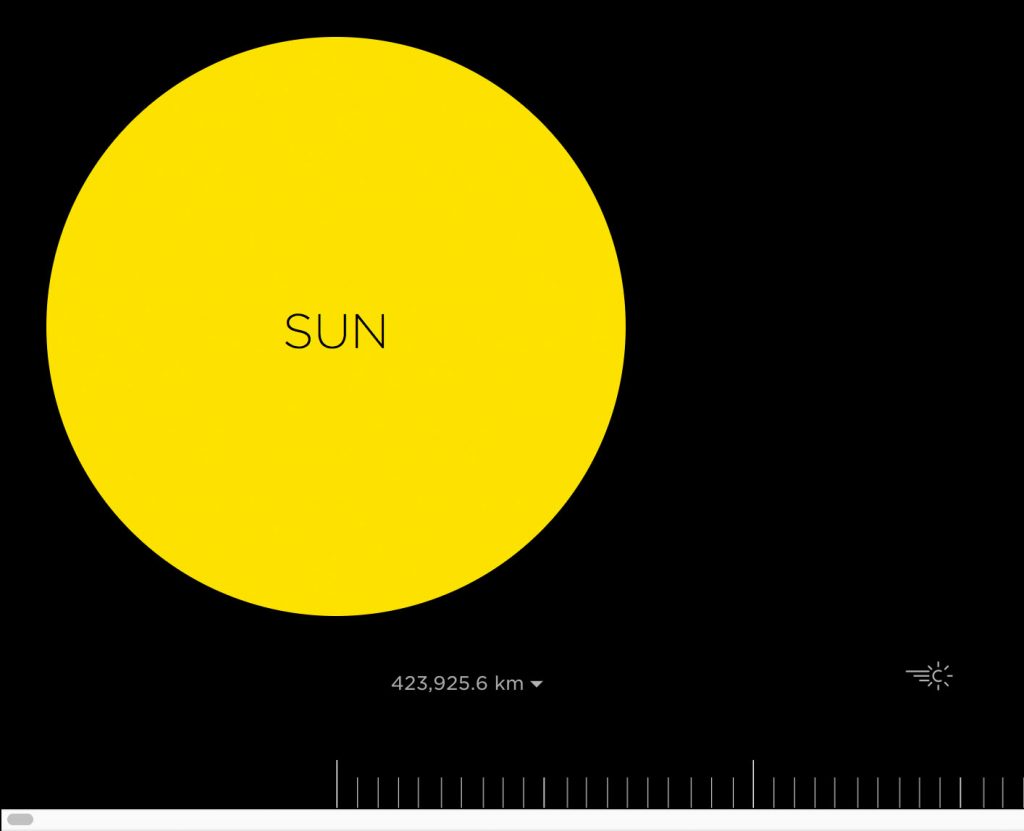A tediously accurate scale model of the solar system
When I was growing up, I watched a lot of Star Trek. Over time I’ve looked into other Sci-Fi series. The occasional hit, like the reimaged Battlestar Galactica, caught my attention. But, for me, the voyages of the Enterprise defined “space” to me. Or the stories on Deep Space Nine. (There are no other Star Treks.)
Seeing a new alien or planet each week warps (see what I did there?) your mind to think that space is relatively small. But when you consider it takes almost 500 seconds for the light to travel from the Sun to the Earth, you begin to realize space is freaking huge.
That’s why this scrolling model of the solar system is so fantastic. It offers a unique sense of how “big” the universe really is–at least our solar system. Check it out on joshworth.com.
